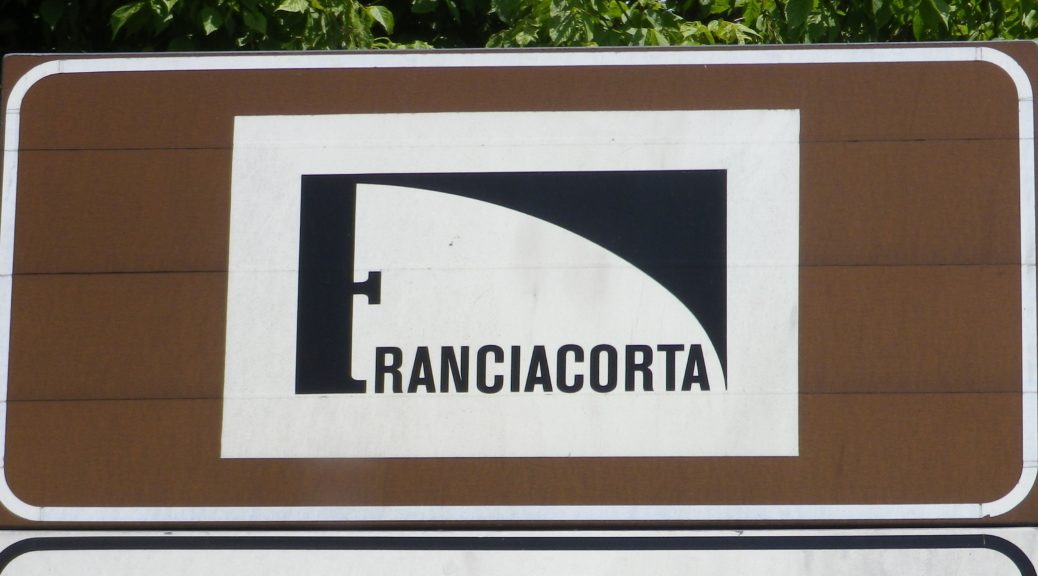What I Learned:
Franciacorta is in northern Italy. Lake Iseo to the north, the Oglio River to the west and Brescia to the east define this 2200-hectare (5400-acre) area of vineyard. Chardonnay, Pinot Blanc and Pinot Noir are the most significant varietals here.
Wine production in this area has been documented since at least the 11th Century. It is thought that a French monastic order, the Cistercians, founders of the monastery of San Pietro in Lamosa, began the viticulture tradition that continues to this day.
It was in 1995 however, that the local wines grabbed the world’s attention. In that year, Franciacorta’s sparkling wines attained Denominazione di Origine Controllata e Garantita, (DOCG for short) status. This is the highest appellation given for wines in Italy, in recognition of superior quality.
To be designated a DOCG Franciacorta wine, vintners must adhere to validated growth and production methods. This means everything from planting vines within the region (vintners must meet density and low yield standards) to the use of the defined Franciacorta production techniques (such as using only free-run must and fermenting slowly and at a low temperature). Once bottled, the wine must rest a minimum of two years, longer than many Champagnes.
Thus the word Franciacorta on a bottle indicates not only the territory, but also the fact that you are drinking a top quality sparkling wine from this region. These can range from the driest: Dosaggio Zero (Pas Dose), to Extra Brut, Brut, Extra Dry and Sec (Dry), to the sweetest, Demi-Sec. The region’s wine makers also offer a sparkling Blanc de Blancs (known locally as “Saten”), which has less atmospheric pressure than other Franciacorta wines, and a sparkling Rose.
The Dosaggio zero wines are also known as Pas dose, dosage zero or brut nature. They have less extra sugar added for the second fermentation of sparkling wines produced by the traditional (Champagne) method. Typically, they will have less than 3 grams of sugar per liter, compared to extra brut, which will have up to 6 grams, and brut, which can have up to 15 grams. These wines can be very challenging to find, and I had no success. But I am told they are worth the effort as they provide a unique, very dry, tasting experience.
What I Tasted:
2012 Franciacorta Saten Brut, La Santissima, Millesimato 2012, DOCG, Castello di Gussago: A dry white wine with fine, persistent, abundant bubbles, medium gold color; a green apple and yeast nose, with a green apple, toast and smoke flavor notes; high minus acidity.
Franciacorta Extra Brut, Castel Faglia: A dry sparkling white wine with medium-dark gold color; fine, lively bubbles, creamy and mild feel, notes of toast, floral and crisp, sweet apple.
Franciacorta Brut, DOCG, Clarabella, Societa Cooperativa Agricola ONLUS: A dry sparkling white wine with medium gold color with fine, lively bubbles; nose of toast and smoke, and smoky, yeasty and fruity flavors; mild acidity.
Franciacorta Brut, DOCG, Riva di Franciacorta: A dry sparkling white wine with fine bubbles and a light medium gold color; nose of toast, hints of smoke and wood, light fruit and licorice; a creamy mouthfeel and very mild acidity.
